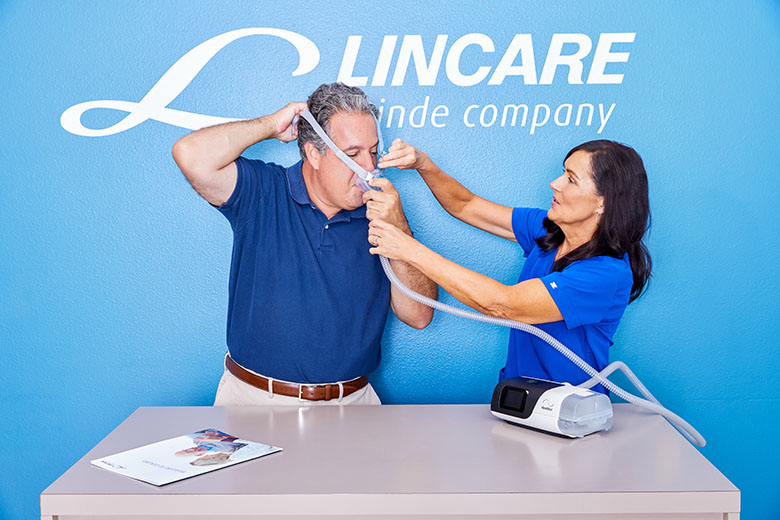The Global Initiative for Chronic Obstructive Lung Disease (GOLD) is a program started by the National Heart, Lung, and Blood Institute and World Health Organization. This program releases an annual GOLD report with recommendations for diagnosing and treating COPD. These GOLD reports are used as an essential evidence-based reference tool for managing the care of patients with COPD. Your healthcare provider may also determine the severity of your symptoms using the COPD Assessment Test (CAT). The results of this assessment can help determine the best method to manage your symptoms and determine the appropriate treatment route.
The Four Stages of COPD
Stage 1 – Mild COPD (mild airflow limitation):
This stage is characterized by mild symptoms and a slight decrease in lung function. During this stage, individuals may experience occasional coughing and increased mucus production. However, these symptoms may be dismissed as a normal part of aging, the flu, and seasonal allergies, leading to underdiagnosis. A lung function test, such as spirometry, can help detect airflow limitation in this early stage.
- Treatment: If you have Stage 1 COPD, your healthcare provider might suggest prescribing a bronchodilator medication to help widen the air passages in your lungs. Typically, these medications are administered using an inhaler or nebulizer.
Stage 2 – Moderate COPD (worsening airflow limitations):
This stage signifies moderate COPD and involves a noticeable decline in lung function. Symptoms become more pronounced, and individuals may experience shortness of breath during physical activities. Daily tasks, such as climbing stairs or walking long distances, may become more challenging. By this stage, seeking medical attention and receiving proper treatment is crucial to manage symptoms effectively and slow down disease progression.
- Treatment: In Stage 2, your healthcare provider may order bronchodilator medication to increase airflow to your lungs. A pulmonary rehabilitation program may be recommended by your healthcare provider to teach you exercises to improve your breathing and educate about your condition. If you start to have a flare-up of symptoms, you may be prescribed steroids or home oxygen therapy.
Stage 3 – Severe COPD (severe airflow limitation):
This stage leads to a significant decrease in lung function. Breathing difficulties worsen, and daily physical activities become increasingly limited. Individuals may experience frequent exacerbations characterized by worsened symptoms and an increased risk of a respiratory infection.
- Treatment: At this stage, much like Stage 2, medical intervention, including pulmonary rehabilitation and oxygen therapy, may be necessary.
Stage 4 – Very Severe COPD (very severe airflow limitation):
This stage represents the most advanced stage of the disease. Lung function is severely compromised, and symptoms can become debilitating. Shortness of breath can even occur during rest, and individuals may require supplemental oxygen continuously. Exacerbations become more frequent and severe, diminishing the overall lung functionality further.
- Treatment: At this stage, medical intervention, including pulmonary rehabilitation and oxygen therapy, may be necessary. End-state COPD can significantly impact an individual’s daily activities and overall health, necessitating advanced medical interventions, such as a lung transplantation and palliative care.
Understanding the progressive nature of COPD and recognizing the stages is essential for early diagnosis, effective symptom management, and improved health-related quality of life. As part of our commitment to provide unmatched patient care, Lincare is always just a phone call away. If you suspect that you or someone you know may have COPD, consult a healthcare professional for proper evaluation, testing, and guidance.


